In 1958, U.S. Air Force Mistakenly Released Nuclear Bomb Over South Carolina
Ella Davis Hudson was just a young girl in 1958, playing with dolls and running around the garden like any child her age. But one evening, she found herself in what seemed like the middle of a nuclear attack, an event that marked her life and her family’s forever.
Read on to learn about the extraordinary events history books won’t tell you.
The Gregg Family House
Walter Gregg lived with his family in a quiet farmhouse in South Carolina. Everything in his life was normal. But the experience he went through was far from average and quiet. On March 11th, 1958, a nuclear bomb landed on his property.
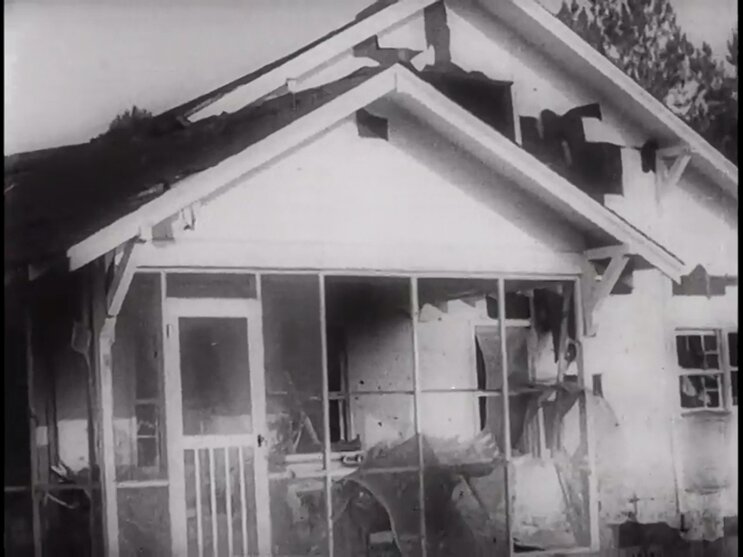
Source: Casillic/Twitter
A U.S. Air Force bomber accidentally dropped a load that could’ve obliterated the entire Florence, North Carolina community. Luckily, it didn’t detonate, and the story has remained out of the spotlight for the past 60 years. But, curiously, many stories about the event differ and even contradict themselves.
An Unexpected Boom
The bomb missed Gregg’s house by just 100 yards, and the explosion caused by the TNT trigger created a hole in Walter Gregg’s garden that measured 24 feet in depth and 50 feet in width. The impact of the blast obliterated his farmhouse.
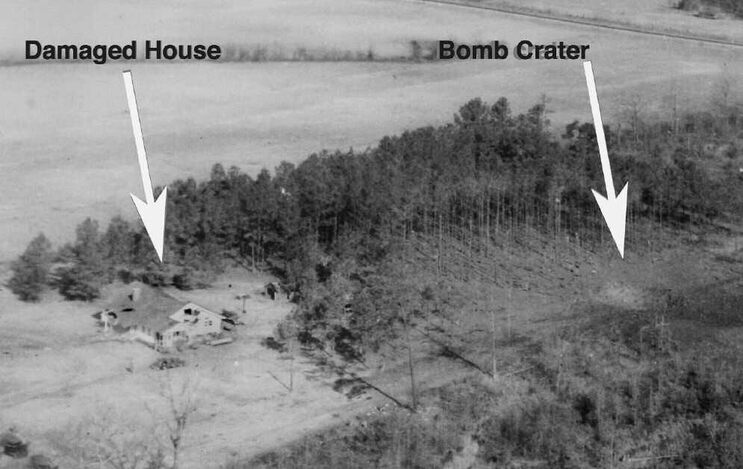
Source: Rem6a/Reddit
But they were very lucky because if the atomic warhead had detonated, it would have been almost double as powerful as the Hiroshima attack during World War II. So, the real miracle is that nobody was lethally hurt.
A Mysterious Crash
Gregg’s children and their cousin, Ella Hudson, played in the garden when the explosion happened. They survived with only a few bruises and scratches but were pretty much unharmed. However, many questions arose; and their parents couldn’t answer them.

Source: Alamy
The news spread quickly in the local news, but the army didn’t want it to become a national problem. So the population couldn’t know that the U.S. Air Force was flying around with atomic bombs and that there was a slim chance that they could drop in your backyard.
Life Before Security Protocols
The Mars Bluff event was one of approximately twelve unintended drops that occurred during the 1950s before the military decided to refrain from transporting nuclear warheads during training exercises.
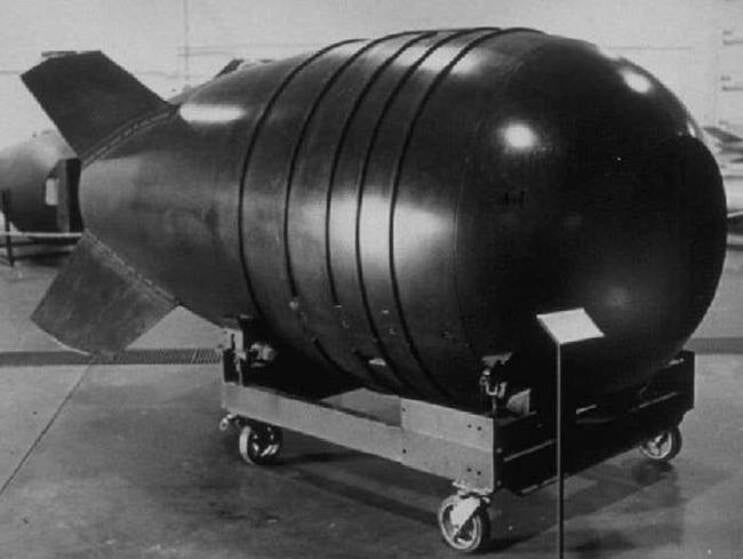
Source: Wikimedia Commons
It’s crazy to think there were very few security protocols for carrying and handling these lethal weapons of mass destruction. Usually, the uranium bombs taken during the drills did not include the component necessary to trigger them. However, in 1966, the secretary of defense testified that four of the missing bombs did contain the trigger capsule.
Military Secrets
Although the military later backed off the secretary’s testimony that some of the warheads carried the capsule, it seems suspicious that someone would make such a false claim and then say it wasn’t true.
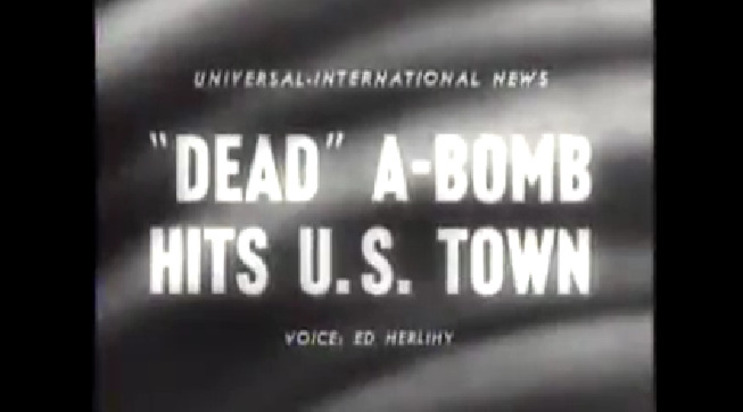
Source: UniversalNewsreels/Youtube
The Cold War was at its height, and the U.S. was taking every precaution it could. Nuclear power had proven to be the ultimate threat, and at the time, bombers were required to carry a warhead with them in case there was an emergency and war broke out while they were in mid-flight.
The Mars Bluff Incident
The children – now full-grown adults – recall the incident very vividly. They have said in interviews how scary the incident was, how the electric lines were singing, and the pines around them were lying on the ground as if a giant had just stepped on them.
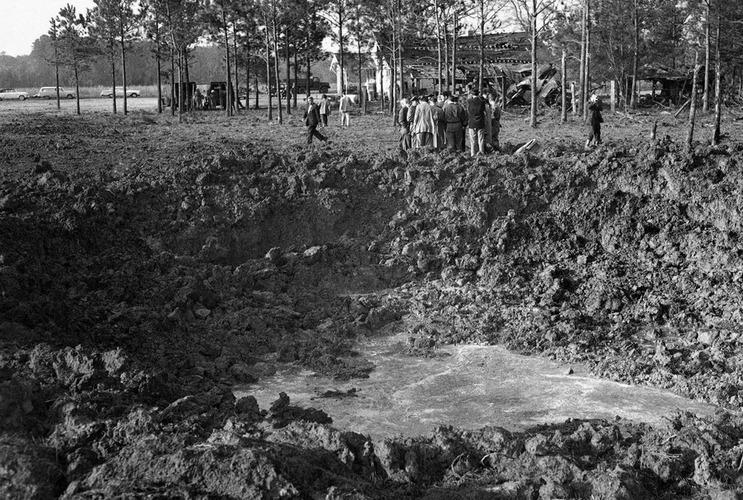
Source: Carp69/Reddit
Hudson was around six years old when the bomb crashed and was hit by a flying brick. The other children were unscratched. But the adults didn’t have time to ask and rushed all the children to the hospital to be checked.
At The Hospital
When the family arrived at the hospital and explained the unbelievable events, all of them were checked for external wounds. Still, Hudson recalls the extremely intrusive experience, with people taking pictures and a nurse checking her with an artifact she didn’t understand.
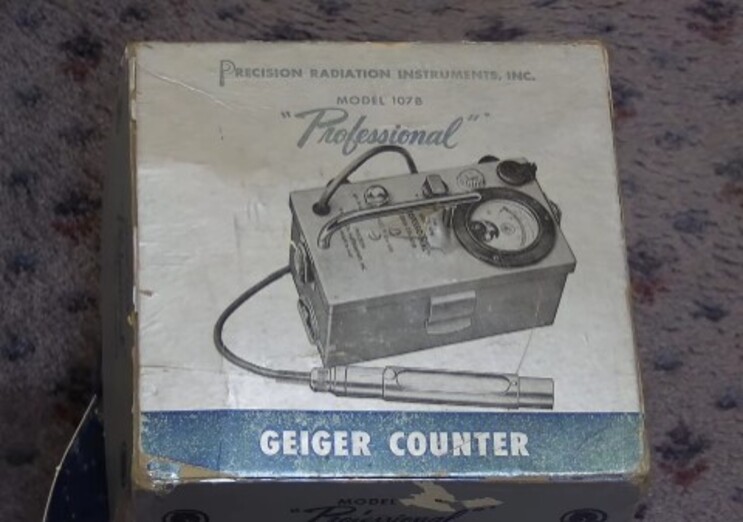
Source: Weaponsandstuff93/Youtube
A Geiger Counter, an artifact that was invented in the early 20th century to measure radiation levels, and by the 1950s, every hospital in the U.S. were equipped with one. Luckily, she wasn’t contaminated with radiation, and the wound in her head healed normally.
The Mark 6 Atomic Bomb
The bomb that landed on Gregg’s farmhouse was a Mark 6 Atomic bomb. The government and military later denied that there was any real threat, but they also never confirmed or denied if the bomb was actually armed.

Source: Wikimedia Commons
The statements around the event were contradictory from the start, and the Gregg family needed clarification about the information they were given. Nothing made sense. Nevertheless, it was a hard time, and they had to rebuild their family house since it was uninhabitable from the crash.
The Plane’s Malfunction
There was a problem with the bomb’s docking system, so the locking pin was not engaged properly. As a result, when one of the pilots was checking it, the bomb was accidentally launched after it became dislodged due to turbulence caused by an air pocket because a crew member checked the launch trigger and was leaning over it.

Source: GSO Images/Getty Images
One of the pilots made a call reporting they had dropped “hot cargo” from the B-47 aircraft, and the three pilots were subsequently sent on a seven-year overseas assignment.
An Unfortunate Landing
The 8,500-pound bomb landed just feet away from Walter Gregg’s house, it could’ve been such a more immense tragedy, but luckily nobody was hurt. Many years later, the pilots that were on the plane gave Mr. Gregg a visit.
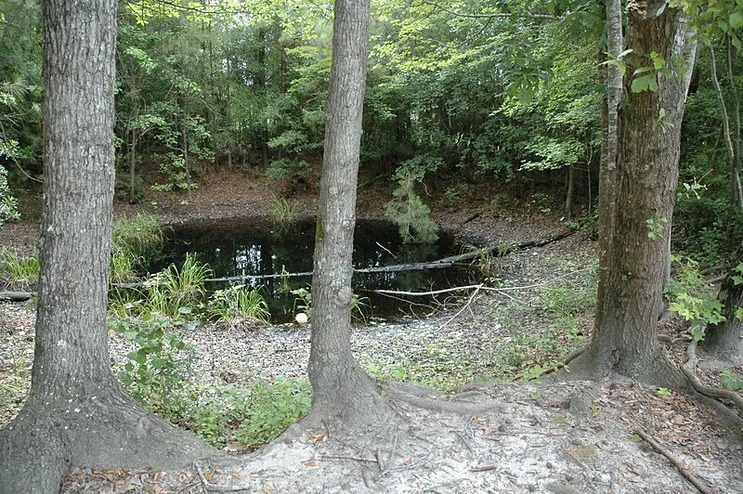
Source: u/Nexuist/Reddit
“They told my daddy everything was aboard. It was a totally different story than what the government put out,” said one of his daughters in an interview many years later. Military planes flew above the farm for a long time, measuring the radiation levels, which made the family suspicious.
Property Damage
Walter Gregg was unhappy with the situation. His family says he felt resentful his entire life. He sued and settled for $36,000, but that wasn’t enough money to rebuild his farmhouse and replace all the possessions he had lost.
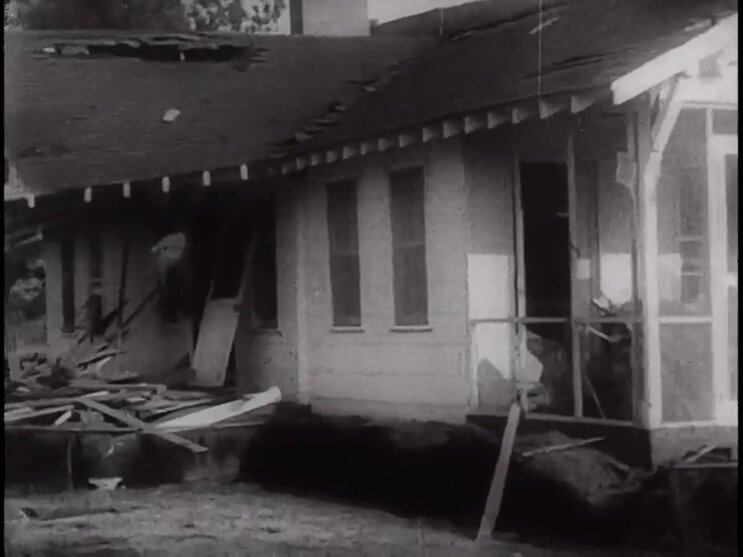
Source: Casillic/Twitter
Even though nobody was seriously hurt by the blast, they lost most of their belongings during the incident and the roof on top of their heads. It was only thanks to the community around them that they got back on their feet.
A Historic Attraction
The words spread out, and people wanted to see the infamous crater. Both tourists and locals were inquisitive about the massive hole in Walter’s garden, but he didn’t like the attention. If anything, he didn’t even want to remember the event that had changed his life.
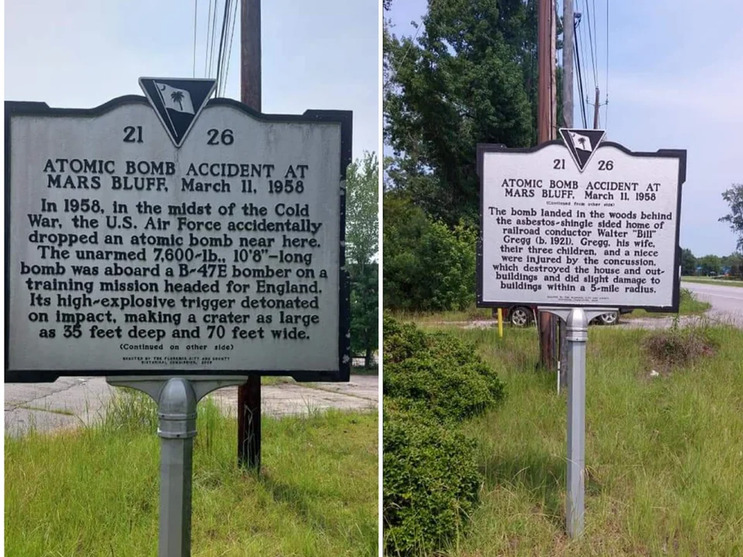
Source: canuckcrazed006/Reddit
Nowadays, there is only a tiny sign; if you’re lucky, someone will help you find the farmhouse where the crater lies. It’s still on private property and isn’t necessarily a tourist attraction, but it’s part of the local history of Florence.
Mars Bluff Bomb Rubble
The Mars Bluff local museum still has some bits and pieces of the bomb that fell on Walter Gregg’s farm, as well as testimonies from witnesses, including the man himself. It was probably one of the most staggering events ever happening in the quiet, peaceful town.

Source: vjapratama/Pexels
This “broken arrow,” as they called the lost bombs, is only one of the many unplanned bomb drops of the Cold War on U.S. soil. After the incident in Mars Bluff, the government forbade hot cargo on their training missions.
No More Hot Cargo
It wasn’t long before training jets were made to stop carrying “hot cargo,” or in other words, loaded nuclear bombs. After that, new guidelines stipulated that payloads had to be double-checked to be locked before taking off.
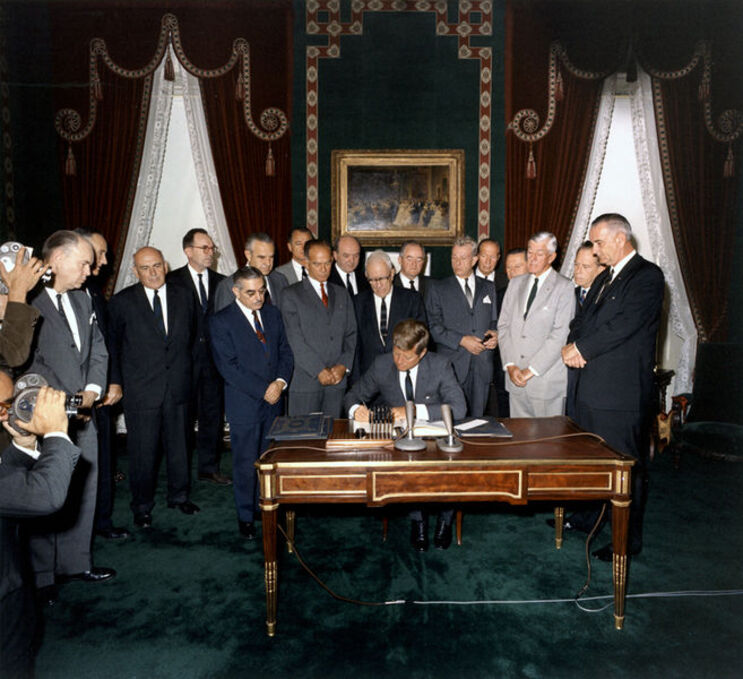
Source: Wikimedia Commons
In October 1963, nuclear bombs were officially banned. The government of U.S. and Russia signed The Partial Test Ban Treaty. They forbade nuclear weapon tests anywhere on land, sea, or outer space and put a halt to the most dangerous weapon ever created by man.
“I've Got A Secret”
The Gregg family eventually appeared on the game show “I’ve Got a Secret” and puzzled the audience with their revelation. But, of course, nobody in the panel could guess their secret!
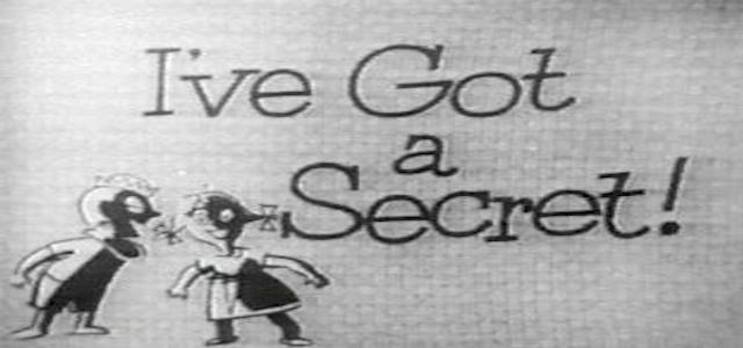
Source: Ive got a secret/Facebook
The game show consisted of a panel that had to guess a secret from the contestant. It could be something unusual, funny, or incredible. With every failed guess, the contestant earned $10 and could potentially win up to $80 if nobody guessed it. The show ran for a long time and was very popular back in the day.
Commemoration Ceremony
In 2008, the Florence county historians decided to commemorate the event by marking the site and ceremony where they invited people from the community. As a result, around 100 people attended the event, including people who had witnessed it firsthand.
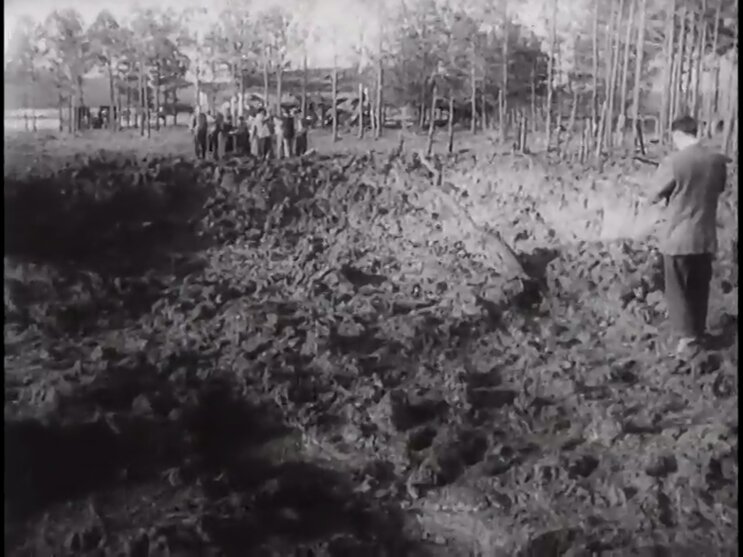
Source: Casillic/Twitter
Marshall Yarborough, the Florence County Historical Commission chairwoman, told the press, “It’s not many towns that can say they had an atomic bomb drop and nothing (deadly) happened.” Mars Bluff and the Gregg family were extremely lucky to have survived this potentially lethal accident.
Plans For The Future
The historical commission has been attempting to buy the patch of land with the crater for many years to create a park and maybe attract tourists. But the family has denied the many offers made by the commission and private investors to buy their land.
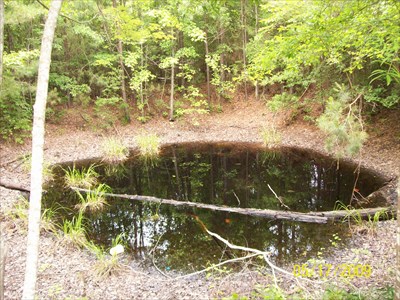
Source: Waymarking
Yarborough thinks it’s an essential piece of history and that creating a park where the community could visit and learn about the events in that place could benefit the area. But the Greggs differ and feel that enough harm has been done to their property.
Long Lasting Scars
Ella Davis Hudson still carries the scar on her forehead from the brick that hit her when the atomic bomb landed just a few yards from her playground. However, she prefers not to discuss the incident and says she has moved on from that traumatic experience.
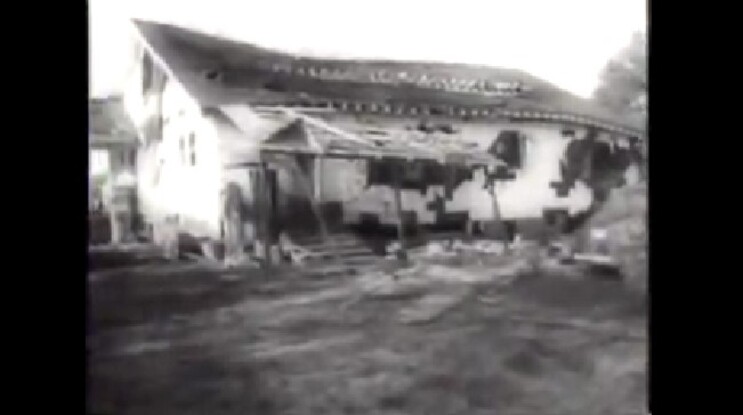
Source: UniversalNewsreels/Youtube
She has moved on, but the scars remain literally and metaphorically. She doesn’t talk about it much, but she said in an interview, “It’s like a chapter in your life you just close. I think I’m lucky to be alive.”
An Unbelievable Story
We can’t imagine what it would feel like to have a nuclear bomb land in our garden, but we’d probably also want to move on with our lives after such a traumatic event. It seems crazy that something like this could’ve happened.
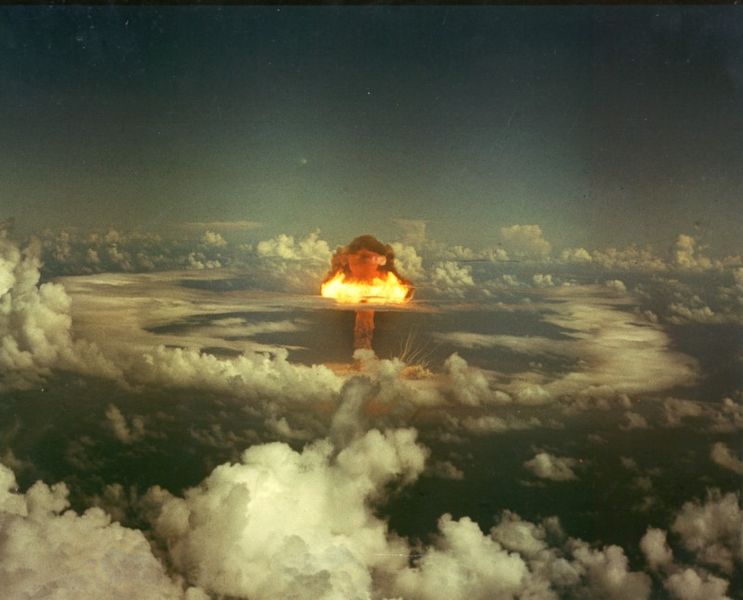
Source: Wikimedia Commons
But times have changed, and thankfully, we have safety protocols to avoid catastrophes like this. So, now all we have left is to wonder how many events like this happened in the early 20th century that we probably don’t even know about because they weren’t deemed “too dangerous.”
